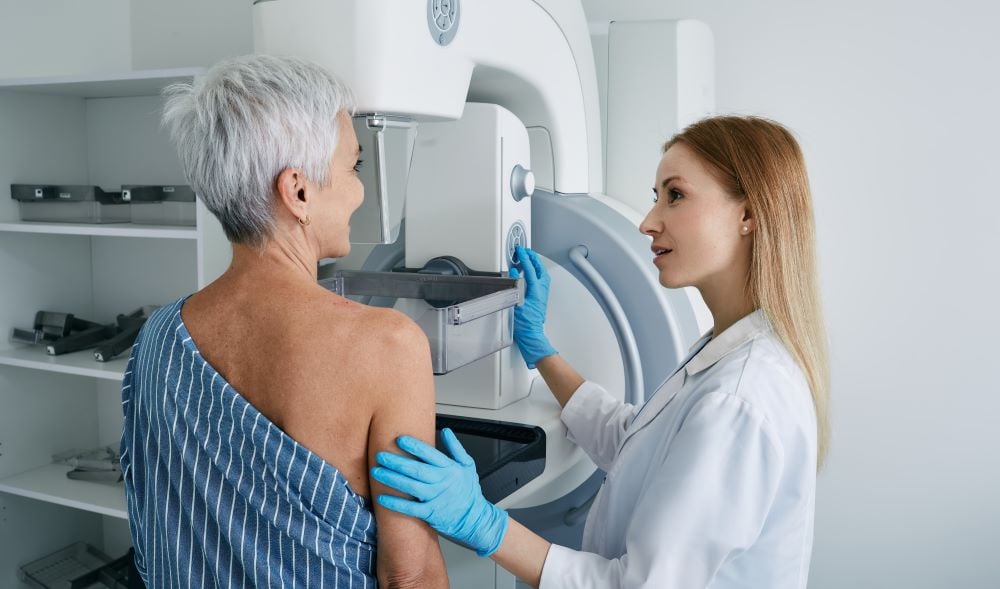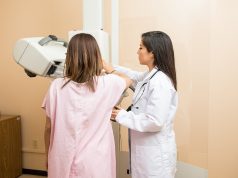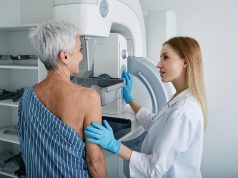Higher hazard ratios seen for women aged 60 to 75 years at examination, with lower mammographic breast density
By Elana Gotkine HealthDay Reporter
FRIDAY, Nov. 3, 2023 (HealthDay News) — The risk for developing breast cancer after a false-positive mammography result varies with age, breast density, and follow-up, according to a study published online Nov. 2 in JAMA Oncology.
Xinhe Mao, from the Karolinska Institutet in Stockholm, and colleagues conducted a matched cohort study in Sweden from Jan. 1, 1991, to March 31, 2020, including 45,213 women who received a first false-positive mammography result between 1991 and 2017 and 452,130 matched controls to examine long-term outcomes after a false-positive mammography result. In addition, 1,113 women with a false-positive result and 11,130 matched controls were included from the Karolinska Mammography Project for Risk Prediction of Breast Cancer study.
The researchers found that the 20-year cumulative incidence of breast cancer was 11.3 versus 7.3 percent among women with versus those without a false-positive result (adjusted hazard ratio, 1.61). Women aged 60 to 75 years at the examination and those with lower mammographic breast density had higher corresponding hazard ratios (hazard ratios, 2.02 and 4.65, respectively). Breast cancer risk was higher for women who underwent a biopsy at the recall compared with those who did not (hazard ratios, 1.77 and 1.51, respectively). After a false-positive result, cancers were more likely to be detected on the ipsilateral side of the false-positive result (hazard ratio, 1.92) and were more common during the first four years of follow-up (hazard ratios, 2.57 and 1.93 during the first two years and during years 2 to 4, respectively). Women with a false-positive result had an increased risk for breast cancer death associated with the increased risk for breast cancer (hazard ratio, 1.84).
“As women age and are eventually no longer invited for screening (in most countries with mammography screening programs, this stops at 70 years of age), it may be worth studying whether women with a false-positive result will benefit from a prolonged screening program,” the authors write.
Copyright © 2023 HealthDay. All rights reserved.








